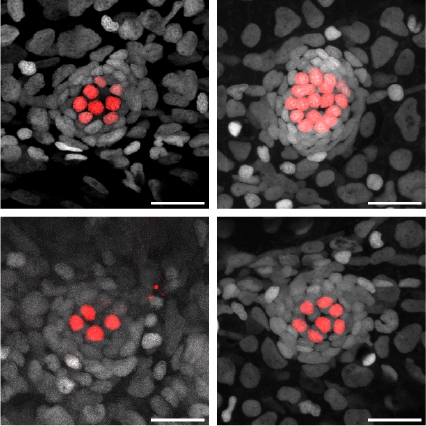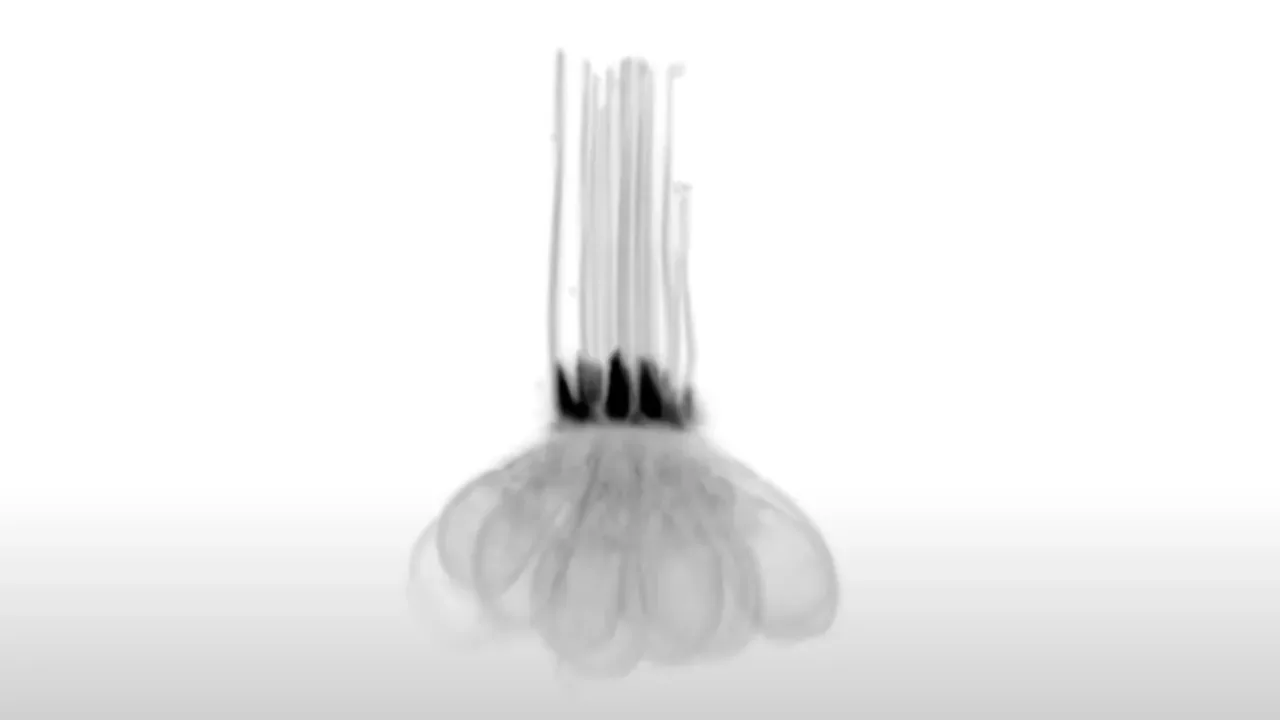News

03 October 2025
How one gene flips the fate of sensory cells
Stowers scientists discover a master gene in zebrafish that determines hair cell type, a potential target for restoring hearing loss in humans
Read Article
Video
Jeremy Sandler, Ph.D., a postdoctoral researcher at the Stowers Institute provided a #LookInTheLab highlighting the research happening in the Piotrowski Lab.
“We study the sensory cells that fish use to feel vibrations in the water and swim, which are really similar to the hair cells that we have in our ears that help us hear sound,” said Sandler. “By studying how these cells regenerate in fish, we can learn how to restore hearing for humans.”

Jeremy Sandler, Ph.D.
The primary focus of the Piotrowski Lab is to understand the development and regeneration of the zebrafish lateral line and potential applications for promoting hair cell regeneration in mammals to restore hearing after loss or deafness. One of the big questions the team asks: Why do people lose their hearing as they age?
In mammals, once hair cells die from aging, or after prolonged noise
exposure, their inability to regenerate results in permanent hearing
loss. This contrasts with species like zebrafish who continually
replenish hair cells.

Mature zebrafish neuromasts (spherical clusters of cells) with individual sensory hair cells inside. Image courtesy of the Piotrowski Lab.
The team is hopeful their research will show how the zebrafish hair cells regenerate to provide clues for triggering hair cell regeneration in humans, paving the way for hearing loss treatments.
Sandler introduced predoctoral researchers in the Piotrowski Lab that
are working with zebrafish larvae, preparing them for experiments used
to study their hair cells and how they regenerate.

Collective cell migration (green) in zebrafish embryonic development. Image courtesy of the Piotrowski Lab.
He also highlighted a new microscope the lab is now using.
“This new tool is really great for looking inside the organs we study and even inside individual cells to figure out how the cells turn on the genes they need to regenerate. Currently we’re preparing samples to image to look at the mutants we’re studying to figure out how they’re different, and how regeneration is working differently in them,” said Sandler.
The lab’s research doesn’t stop at hearing loss. The team has developed the lateral line system into a powerful model for cell migration. The members have identified several genes required for the coordinated migration of groups of cells and uncovered how pathways interact to subdivide the migrating cell assembly into leading and trailing regions. This aids in the understanding of cancer biology, as several human cancers invade tissues as groups of cells.
News

03 October 2025
Stowers scientists discover a master gene in zebrafish that determines hair cell type, a potential target for restoring hearing loss in humans
Read Article
News

26 September 2025
"The real-world experience of being in a lab will be beneficial in helping you determine if you want a career in science."
Read Article
In The News

25 July 2025
Published in Technology Networks, scientists have discovered how two genes control the regeneration of sensory hair cells in zebrafish, offering new clues for addressing hearing loss in humans. Published in Nature Communications, the study, led by Tatjana Piotrowski, PhD, provides a clearer picture of how stem cells and their progeny divide to replenish damaged tissue – a process that fish perform naturally but humans cannot. These findings could open new avenues for regenerative medicine research targeting hearing and balance disorders.
Read Article